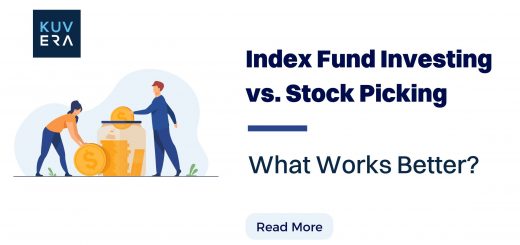What are Liquid ETFs?
Mutual funds with liquid exchange-traded funds (ETFs) are those whose shares are traded on the stock market. They make overnight investments in low-risk securities like Collateralized Borrowing and Lending Obligations (CBLO), Repo, and Reverse Repo. A liquid ETF’s main objective is typically to offer an income commensurate with low risk while offering a high level of liquidity.
Investors can generate returns on unused capital while maintaining liquidity to capitalise on lucrative investment opportunities by putting money in liquid ETFs.
Significance of Liquid ETF
A liquid ETF invests primarily in tri-party repo (TREPS), which makes it easier to borrow and lend money in a tri-party repo arrangement. Returns generated by liquid ETFs are relatively more stable as a result of Sebi regulations requiring that liquid funds only invest in debt and money market securities with maturities of up to 91 days as these short-term debt securities are less subject to price fluctuations than those with a long-term holding period.
A daily income distribution cum capital withdrawal (IDCW) plan is another feature of liquid ETFs. Here, there are several methods for distributing dividends. The additional fractional units that are created can be sold through brokers or kept for the long term, and some fund houses choose to reinvest the dividend.
Although the returns provided by liquid ETFs cannot be compared to those of other category debt mutual funds, the overall value proposition they offer makes them a vital tool for large retail traders and investors, F&O participants, brokers, and institutions that invest directly in equities.
How do liquid ETFs work?
Highly liquid and short-term financial instruments are liquid ETFs. They invest in securities with extremely short maturities, such as overnight low-risk securities and money market instruments. They are traded on stock markets, just like other ETFs. They may be applied to trade margin needs.
Daily dividend payments on these funds are credited, and every 30 days, they are reinvested in the form of new units and credited to the demat account. Most brokers accept these units for extended margins against them because they are liquid ETF returns.
Advantages of liquid ETFs
Liquid exchange-traded funds (ETFs) are a good way of investment to park money in the market. The markets always have the option of liquidating them. Since these funds don’t have to pay a securities transaction tax, the transaction cost is reasonable (STT). These units are easily purchasable from a trading account.
They can be used, as was previously mentioned, to satisfy the margin requirements for derivative trading after being pledged to a broker. Additionally, the expense ratios of these funds are lower.
Factors to consider while investing in liquid ETFs
- When purchasing liquid ETFs, the fractional units can only be sold back to the MF that issued them, and there may be transaction fees.
- Invest in liquid exchange-traded funds (ETF). ETFs can be purchased on your behalf by your broker because they are traded on stock exchanges.
- Some brokers don’t charge commissions when trading in these ETFs. Other charges, like an exchange fee, do, however, apply. The returns are also on par with what savings accounts offer.
- Additionally, investors have the option of borrowing against liquid mutual fund schemes. This type of money storage generates a return similar to the money market.
- Liquid systems have a graded exit load until the seventh day following unit allocation.
Who should invest in liquid ETFs?
Liquid bees return are particularly well suited for large retail traders and investors, Portfolio Management Services (PMS) providers, Futures & Options (F&O) brokers and institutions that directly invest in equities, as well as High Net Worth Individuals (HNIs).
Watch the video above by TataMutualFundIndia to know more about the ways you can increase your mutual fund returns.
Interested in how we think about the markets?
Read more: Zen And The Art Of Investing
Watch here: Kuvera insights with industry experts.
Start investing through a platform that brings goal planning and investing to your fingertips. Visit Kuvera.in to discover Direct Plans and Fixed Deposits and start investing today.#MutualFundSahiHai #KuveraSabseSahiHai!











